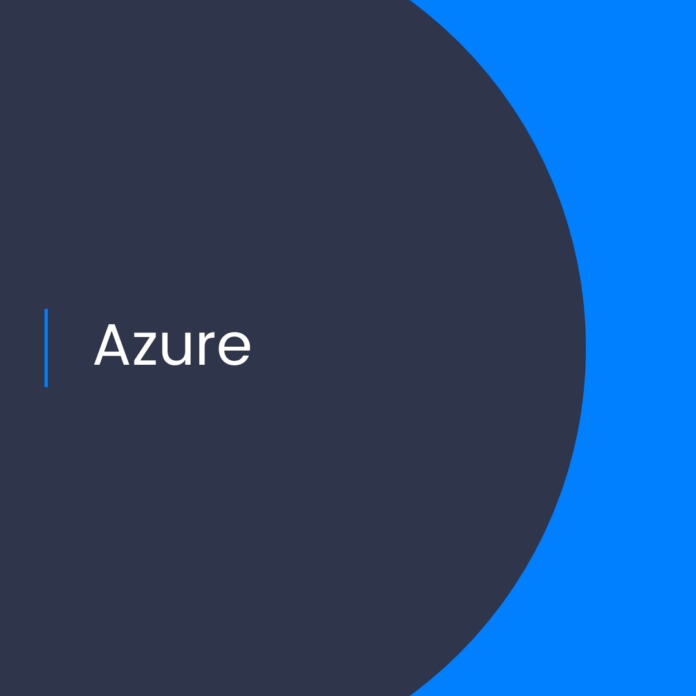GraphQL on Azure: Part 14 – Using Data API Builder with SWA and Blazor
The Microsoft Azure cloud platform provides a rich set of tools and services to help developers build modern, cloud-native applications. One of these tools is the Data API Builder, a low-code / no-code development platform for quickly building APIs that use GraphQL as its query language. In this article, we’ll explore how to use the Data API Builder with Serverless Web Apps (SWA) and Blazor to build a simple web application.
Why GraphQL?
GraphQL is becoming an increasingly popular technology for building APIs. It is a query language for APIs that allows developers to efficiently query and manipulate data in a single request. This can be especially helpful for applications that need to display large amounts of data or perform complex operations. GraphQL also enables developers to create flexible, extensible APIs that can be used across multiple client applications.
Data API Builder
Data API Builder is an Azure service that enables developers to quickly and easily create GraphQL APIs. It provides a graphical user interface that makes it easy to configure the data sources, authentication, and other settings for the API. It also provides a number of features that make it easier to manage and monitor the API, such as support for automated deployment, monitoring, and analytics.
Serverless Web Apps
Serverless Web Apps (SWA) is a managed Azure service that provides a platform for building and deploying serverless web applications. It is a fully managed service that allows developers to quickly create web applications with minimal effort. SWA provides a number of features, such as support for continuous integration and deployment, the ability to scale up or down on demand, and automated monitoring and logging.
Blazor
Blazor is a development framework for creating client-side web applications using .NET and C#. It provides a number of features that make it easier to build modern, interactive web applications, such as support for single-page applications, client-side routing, and real-time communication. Blazor also makes it easy to integrate with other technologies, such as SWA and Data API Builder.
Building a Simple Web Application with SWA, Blazor, and Data API Builder
In this section, we’ll build a simple web application that uses SWA, Blazor, and Data API Builder to display data from an Azure Cosmos DB. The application will be a simple list of books that can be filtered by genre.
Creating the Data API
The first step is to create the Data API. To do this, we’ll use the Data API Builder to connect to an Azure Cosmos DB and generate the GraphQL schema for the data. This will enable us to query the data from the web application.
Creating the Serverless Web App
Next, we’ll create the SWA. This will be the web application that displays the data from the Data API. To do this, we’ll use the Azure CLI to create the SWA and deploy it to Azure. We’ll also use the SWA to host the Blazor application.
Creating the Blazor Application
Finally, we’ll create the Blazor application. This will be the client-side application that interacts with the Data API and displays the data from the Cosmos DB. To do this, we’ll use Visual Studio Code and the Blazor templates to create the application.
Conclusion
In this article, we explored how to use Data API Builder with SWA and Blazor to build a simple web application. We saw how to connect to an Azure Cosmos DB, generate a GraphQL schema, create a SWA, and create a Blazor application. This application can be used to display data from an Azure Cosmos DB and filter it by genre. With Data API Builder, SWA, and Blazor, developers can quickly and easily create modern, cloud-native applications.
References:
GraphQL on Azure: Part 14 – Using Data API builder with SWA and Blazor
.
1. GraphQL
2. Azure GraphQL
3. Using Data



